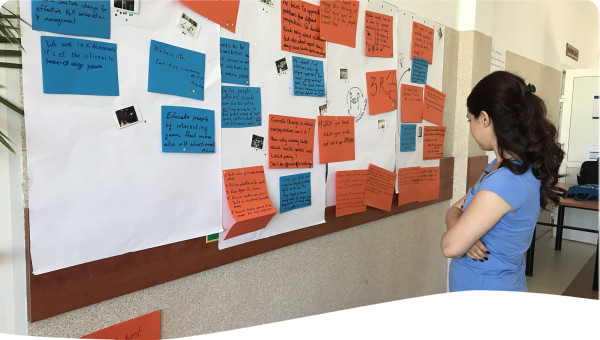The guide aims to be of general application to irrigation professionals throughout the developing world. It meets three objectives:
- It describes the methodology and output of an EIA
- It provides inter-disciplinary advice related to irrigation and drainage to those engaged in preparing EIAs
- It supports institutional capacity building for carrying out an EIA
The guide provides a brief reference text, which will be of most benefit to non-specialists in developing countries who may be facing the need to carry out an environmental assessment for the first time.
Technical and engineering content is kept to a minimum throughout the report.
The guidelines are divided into six parts:
- An introduction to EIA
- The social, institutional and legal issues concerned with effective use of EIA.
- The EIA process, including: screening, scoping, prediction and mitigation, management and monitoring, auditing, public participation and managing uncertainty; possible major environmental impacts of irrigation and drainage projects; guidance on how to prepare terms of reference; a guide to other publications and recommended texts.
 Resource -
Resource -
